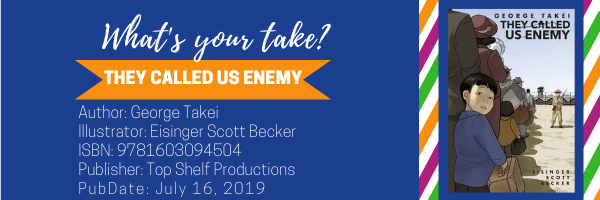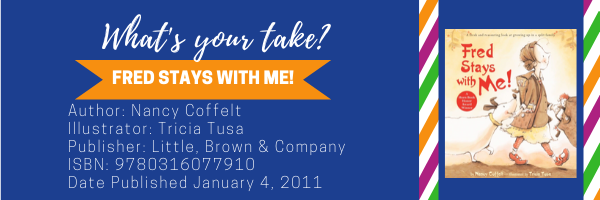
By Holly Johnson, University of Cincinnati, Cincinnati, OH and Jean Schroeder, The IDEA School, Tucson, AZ
When asked about the concept of home, many of us might conjure up visions of family together at a dinner-table or of vacation. We often think of a physical location, like a house, a street, a neighborhood or a city. But is that home? Or is home something more elusive, maybe harder to grasp or explain, especially if our idea of home is not of a house, or yard or neighborhood? This month, we look at books that address the concept of home and how that concept might be different from the typical or stereotypical. In The Bridge Home by Padma Venkatraman, we start with a group of orphans living under a bridge in Chennai, India, and then move to a young girl who understands home is where her dog is. We then discuss a longer migration that involves moving from Syria to the U.S. and end with the concept of home perhaps being an object of hope we can hold in our hands, keep in our hearts or imagine with our minds.
 Continue reading →
Continue reading →













